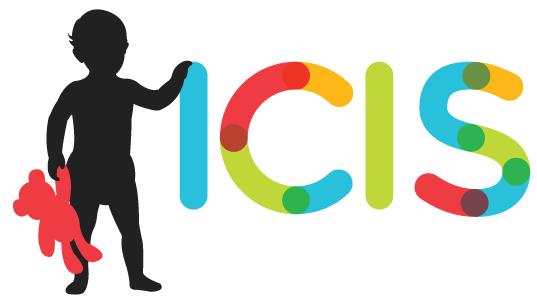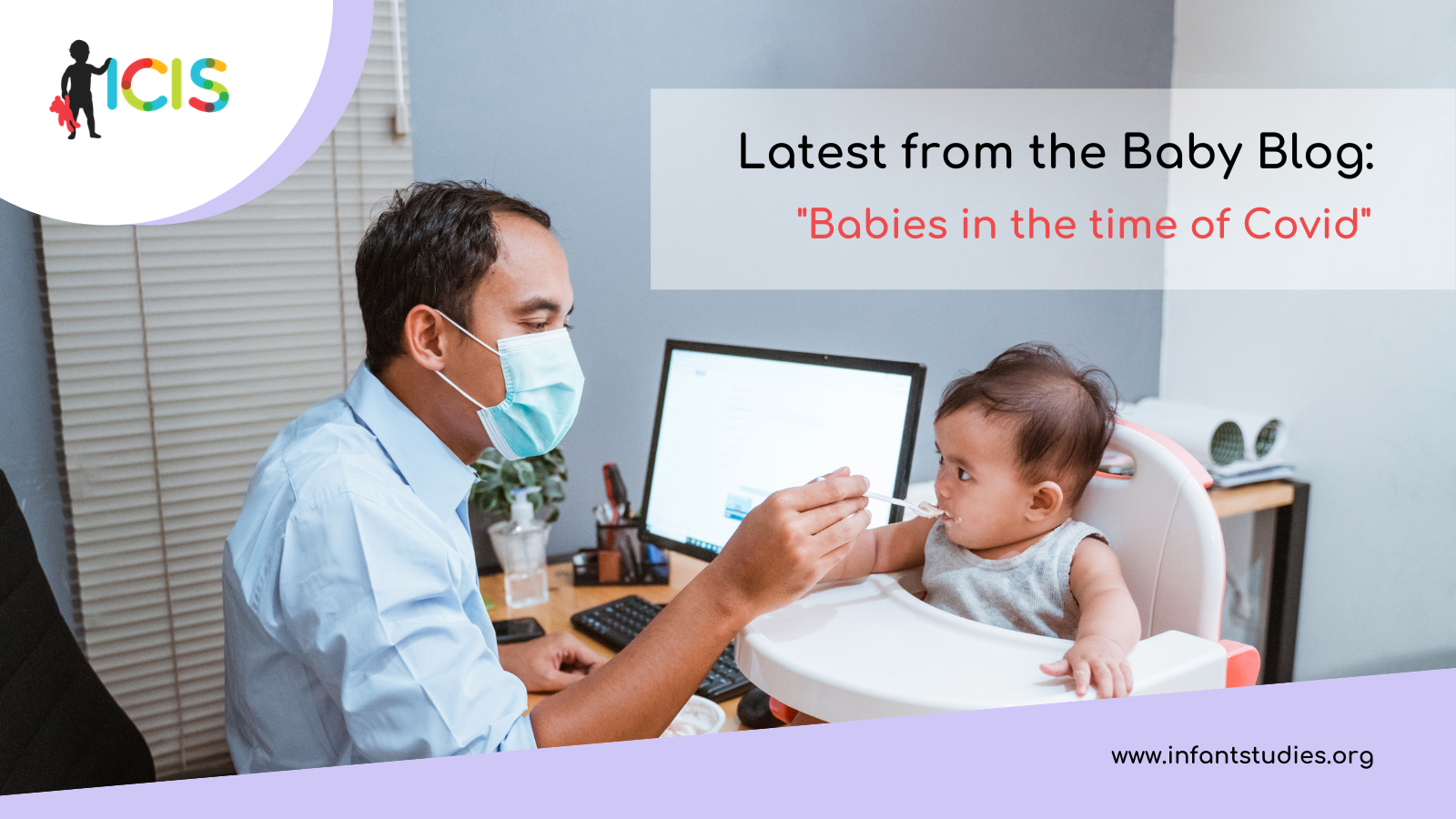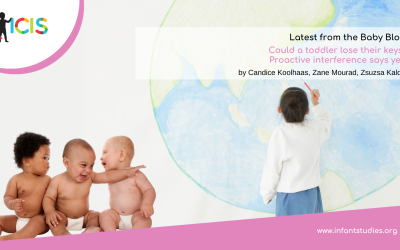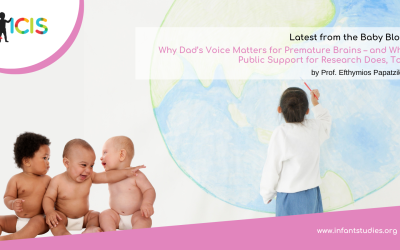by Vanessa LoBue
We are soon approaching the 3-year anniversary of the start of the global COVID-19 pandemic. Since its inception, the pandemic is responsible for 600 million cases and over 6 million deaths worldwide. It has also seriously impacted economic, social, and educational institutions all over the world. As developmental researchers, many of us are obviously interested in the impact of the pandemic on development. Indeed, a google scholar search of COVID-19 yields over 5 million publications, covering a wide range of topics, both in and outside the area of child development. In 2021, the journal Child Development even published a special issue on the developmental impact of COVID-19, but the issue covered a broad range of topics relevant to children and families of all ages. What are the unique impacts of the COVID-19 pandemic on our youngest and most vulnerable population?
To address this question, last month, Infancy published their own special issue on the impacts of the pandemic on babies, which I had the pleasure of editing with Koraly Perez-Edgar, Natasha Kirkham, and Jane Herbert, featuring 10 papers from researchers in countries across the globe—including the US, Canada, France, Switzerland, the UK, and Israel—providing readers with a broad perspective on how the pandemic has differentially affected infants from a range of backgrounds. Here is a summary of what we found out.
Infants were resilient from the direct effects of the pandemic
The most notable finding from this collection of work is that infants were fairly resilient from the direct effects of the pandemic. For example, two papers examined the effects of mask-wearing on infant learning. Sperber et al. found that mask wearing had no effect on US infants’ language skills or socioemotional development, and Wermelinger and colleagues reported no effect on Swiss infants’ gaze-following behavior based on whether they were tested pre- or post-pandemic.
Two additional papers examined the impact of mask-wearing on infant face processing, finding little evidence for an impact. For example, Galusca et al. (2023) provides evidence that 9- and 12-month-old infants (but not 3- and 6-month-old infants) had a novelty preference for inverted masked faces when presented next to the same face upright, suggesting (consistent with previous research) that by 9 months, infants recognized that a masked image was indeed a face. Further, DeBolt and Oakes (2023) reported that US 6- and 9-month-old infants were able to remember masked faces when the faces were later presented unmasked.
Similar non-effects were found for the social-emotional domain. For example, Shakiba et al. (2023) reported no differences in Israeli parents’ emotional availability to their 3- to 12-month-old infants after the onset of the pandemic, and a normative increase in infants’ social responsiveness over time. Similarly, MacNeill et al. (2023) reported no differences in the impact of stress in pregnancy on US infants tested pre- and post -pandemic.
The pandemic negatively impacted caregivers’ mental health
Although there was little evidence in the special issue that infants were negatively impacted by the pandemic directly, the same was not true for parents. Sperber et al. (2023) reported that US mothers of 12- and 24-month-old infants who felt that the pandemic disrupted their lives also experienced more anxiety and depression than parents who did not feel the same disruption. Further, Reinelt et al. (2023) found that Swiss mothers who reported having a maladaptive response to the pandemic also reported a decrease in their well-being.
Despite negative impacts only being observed in parents, there was some evidence that parents’ negative responses to the pandemic might have indirectly affected their infants. Reinelt et al. (2023) for example, reported that mothers who distanced themselves from infants during the pandemic had infants with more regulatory problems. Similarly, UK mothers who reported greater distress during the pandemic had infants who experienced higher externalizing and internalizing problems, as well as difficulties with executive function (Hendry et al., 2023).
There are ways to buffer infants from negative impacts
The news for caregivers isn’t all bad. Some of the papers suggested that there are ways that caregivers can buffer infants from the indirect effects of the pandemic on infants’ well-being. Hendry et al. (2023) found that engaging infants with enriching activities could act as a buffer, and Roche et al. (2023) also found that video chat interactions with others—grandparents for example—could also help buffer infants from any negative socioemotional outcomes of isolation. Finally, Rattaz et al. (2023) found that Swiss infants—who likely spent more time with both their mother and father than usual during lockdowns—were better able to regulate their emotions in triadic interactions than pre-pandemic infants.
The main take home message here is that although infants in our special issue did not necessarily show evidence of experiencing direct negative effects of the pandemic, parents certainly showed evidence of a negative emotional impact, which could in turn affect infants indirectly. Indeed, there is an abundance of evidence that depression and anxiety in parents have long-term impacts on their children, regardless of whether parents are coping with a global pandemic. Thus, support for parents during these stressful times is an important step we can take to protect parents, and in turn, infants.
For more information or to read these papers, you can find the full special issue (Infancy, 2023, Volume 28, Issue 1) here: https://onlinelibrary.wiley.com/toc/15327078/2023/28/1
About the Author

Vanessa LoBue
Rutgers University




